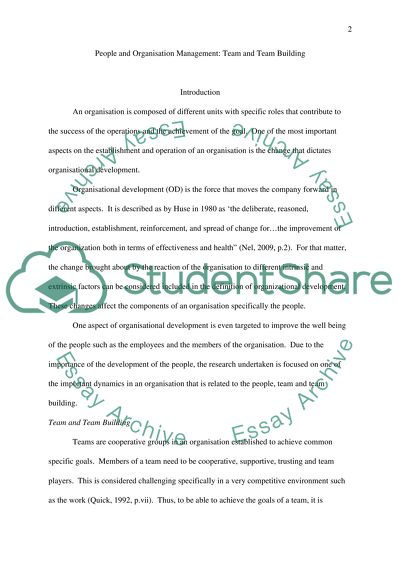Cite this document
(“People and organization development Coursework Example | Topics and Well Written Essays - 2750 words”, n.d.)
Retrieved from https://studentshare.org/finance-accounting/1409952-people-and-organization-development
Retrieved from https://studentshare.org/finance-accounting/1409952-people-and-organization-development
(People and Organization Development Coursework Example | Topics and Well Written Essays - 2750 Words)
https://studentshare.org/finance-accounting/1409952-people-and-organization-development.
https://studentshare.org/finance-accounting/1409952-people-and-organization-development.
“People and Organization Development Coursework Example | Topics and Well Written Essays - 2750 Words”, n.d. https://studentshare.org/finance-accounting/1409952-people-and-organization-development.


